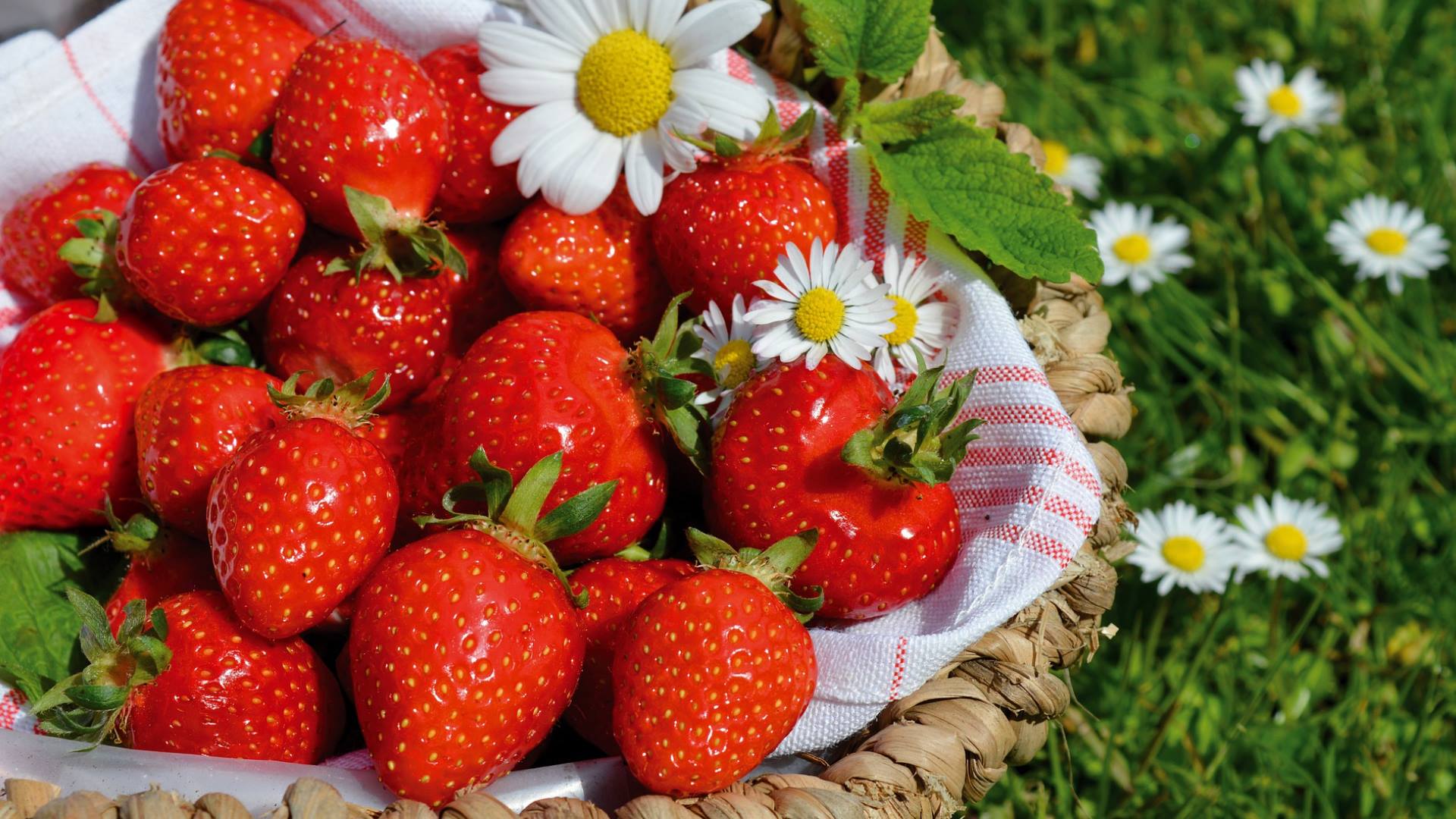You are here
news
Basilica and Complex of the Santi Quattro Coronati
Location
A stone zoo
Una passeggiata per le vie del centro storico alla ricerca di animali simbolici
To spend a pleasant morning we suggest you a stroll through the streets of the old town in search of symbolic animals that evoke myths and historical events. In Piazza del Campidoglio you can admire the animal symbol of Rome: the Capitoline Wolf suckling Romulus and Remus, a copy of the bronze original preserved in the Capitoline Museums. At the foot of the curb that rises to the hill, we have two Egyptian Lions in basalt, in time become bored and changed into fountains; during the feasts, they threw wine of the Castelli instead of water.
Not far away near Palazzo Venezia onto Via della Gatta, so-called because, right on the first ledge on the corner of Palazzo Grazioli, is a statue of an Egyptian cat found a few feet away in the nearby sanctuary of Isis. Legend quotes that in the direction the cat is looking at there should be buried a treasure, but no one managed to find it.
We continue the walk and reach Piazza della Minerva, where stands an elephant, familiarly called the Pulcin of Minerva, the name seems to be a kindness of the word "porcin" given by the Romans to the statue because it was deemed squat.
Left the elephant we head towards the church of St. Louis of France, here on the facade are two salamanders erupting flames. This animal brings us back to an Asian legend according to which the salamander feeds the good fire while extinguishing the harmful one.
Not far from in the square of Sant'Eustachio a deer's head with a cross between the antlers is just above the church of Saint Eustachio. A medieval legend, linked to this statue, tells the story of Placido, a Roman military commander who was baptized and changed his name into Eustachio, after seeing the apparition of a cross with the image of Christ between the antlers of the deer he was going to kill.
The baroque church of Sant'Ivo alla Sapienza is full of heraldic symbols: the Borghese eagles, the Boncompagni dragons and the Barberini bees. The bee, dominant element of the church, also recurs in the fountain designed by Bernini, at the intersection with Via Veneto and Piazza Barberini, where we find three bees surmounted by a large shell.
Our tour ends in Piazza Mattei where we can admire the Fountain of the Turtles made in late 1500 on a project by Giacomo della Porta is linked to a romantic legend. It seems, in fact, that the duke Mattei wanted to prove to the father of his beloved to be a powerful man, contrary to what they deem, he built the beautiful fountain in front of his windows within a single night. Turtles were added later, in 1658, probably by Bernini, have been stolen several times, but always recovered and returned to their place. When, in 1981, it was again stolen a turtle, it was decided to replace them with copies, while the three surviving originals are preserved in the Capitoline Museums.
The Turtle Fountain
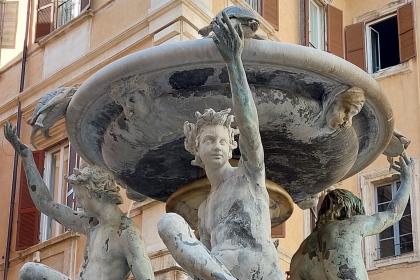
 Condividi
Condividi
The heart of Rome: Piazza Navona and Campo de' Fiori
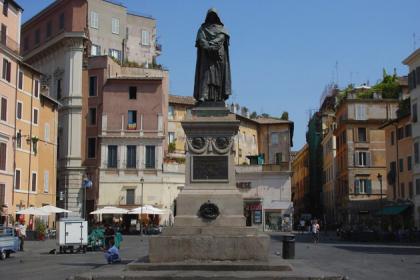
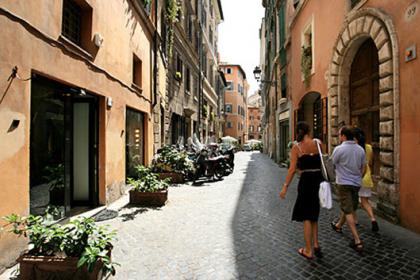
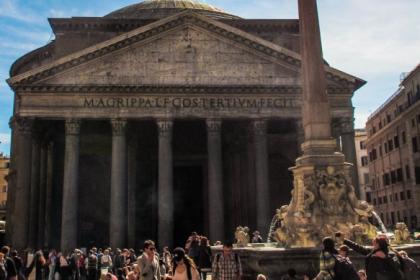
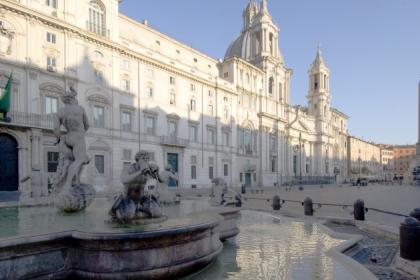
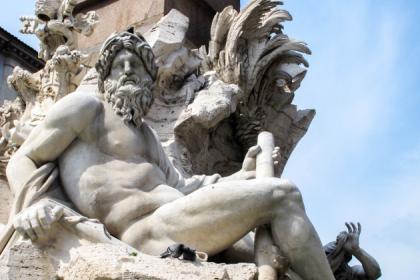
 Condividi
Condividi
The Capitoline museums

 Condividi
Condividi
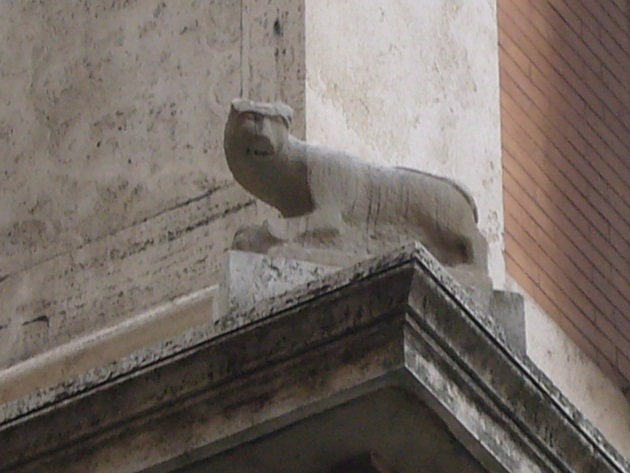
Spaghetti with cacio cheese and pepper
Una ricetta semplice ma carica di storia
There are various strands running through and constituting the spirit of Roman cuisine. One of these is known as "burina" (a type of cheese) and the name is a reference to the rustic popular aspect of many of this style of cooking’s dishes, and to its genuine ingredients which come in large part from kitchen gardens or the pastures of the agricultural areas around Rome the city.
This is one of Rome’s most striking types of cuisine and its recipes are very successful. You only have to consider all the many and varied ways of preparing meat, including the lamb abbacchio, and the first courses, which have always been the first love of Roman people.
Who has never heard of or tried pasta recipes such as bucatini all’amatriciana, penne all’arrabbiata, or fettuccine alla romana, made with homemade pasta and therefore firm and elastic, or spaghetti alla carbonara?
In confirmation of the ancient Roman affection for its pastures which have always led to the production of top quality meat, there are still a number of excellent dairies producing cheese, some bearing the PDO label, like pecorino romano (a sheep's milk cheese) and a number of Slow Food approved products such as two cheeses with origins dating back to ancient Rome: caciofiore from the Roman countryside, and marzolina.
From the very many ancient recipes we would like to pick out one that is simple but loaded with history and takes only fifteen minutes to prepare. It is very tasty and owes its fame to the sheep's milk cheeses produced throughout Lazio: spaghetti with cacio cheese and pepper, or spaghetti a cacio e pepe. Let's go to the cooker.
The recipe: Spaghetti a cacio e pepe
Ingredients for 4 people: 400g of spaghetti 100g of grated pecorino romano, black pepper – we recommend Malaysian Rimbàs black pepper (recognised by the International Slow Food foundation), salt.
How to make it
For a perfect cacio e pepe pasta you must not only season the cooked pasta with the grated cheese, but also mix a little of the water the pasta was cooked in (rich in starch) with the cheese, making it melt until it forms a kind of cream; this is the special part of this recipe. In a fair sized bowl place the pecorino romano PDO and ground black pepper. It is even better if the pepper is freshly crushed using a mortar and pestle. Cook the pasta in boiling salted water, drain when al dente using a ladle with holes in order to retain a little of the cooking water. Next place the pasta into the bowl with the cheese and pepper and immediately add a ladle of water left over from cooking the pasta. Mix quickly so that the cheese melts in the water, adding more water if necessary. Serve immediately preferably on warm plates, and dust with ground pepper.
Suitable pasta
The original recipe requires the use of spaghetti, but over the years a multitude of variations have sprung up, not least because in everyday cooking the recipe is frequently prepared with whatever type of pasta happens to be in the cupboard. So, there are versions using rigatoni, tonnarelli and even egg pasta such as tagliolini or spaghetti alla chitarra, which aid the creamy quality of the dish.
Where to eat it
In Rome there are various trattoria and restaurants in the Osterie d’Italia guide that serve this recipe. Amongst these we recommend: L’Enoteca Regionale del Lazio Palatium, in Via Frattina 94 and Flavio al Velavevodetto in Via di Monte Testaccio 97, with the version using tonnarelli. Also La Trattoria Cadorna, in Via Cadorna 12, and the Trattoria degli amici a Trastevere in Piazza Sant’Egidio 6, with the classic spaghetti version.
Outside Rome we recommend:
Ristorante Cacciani in Frascati L‘Oste della Bon’ora in Grottaferrata La Scuderia in Genzano di Roma Taverna Mari in Marino.
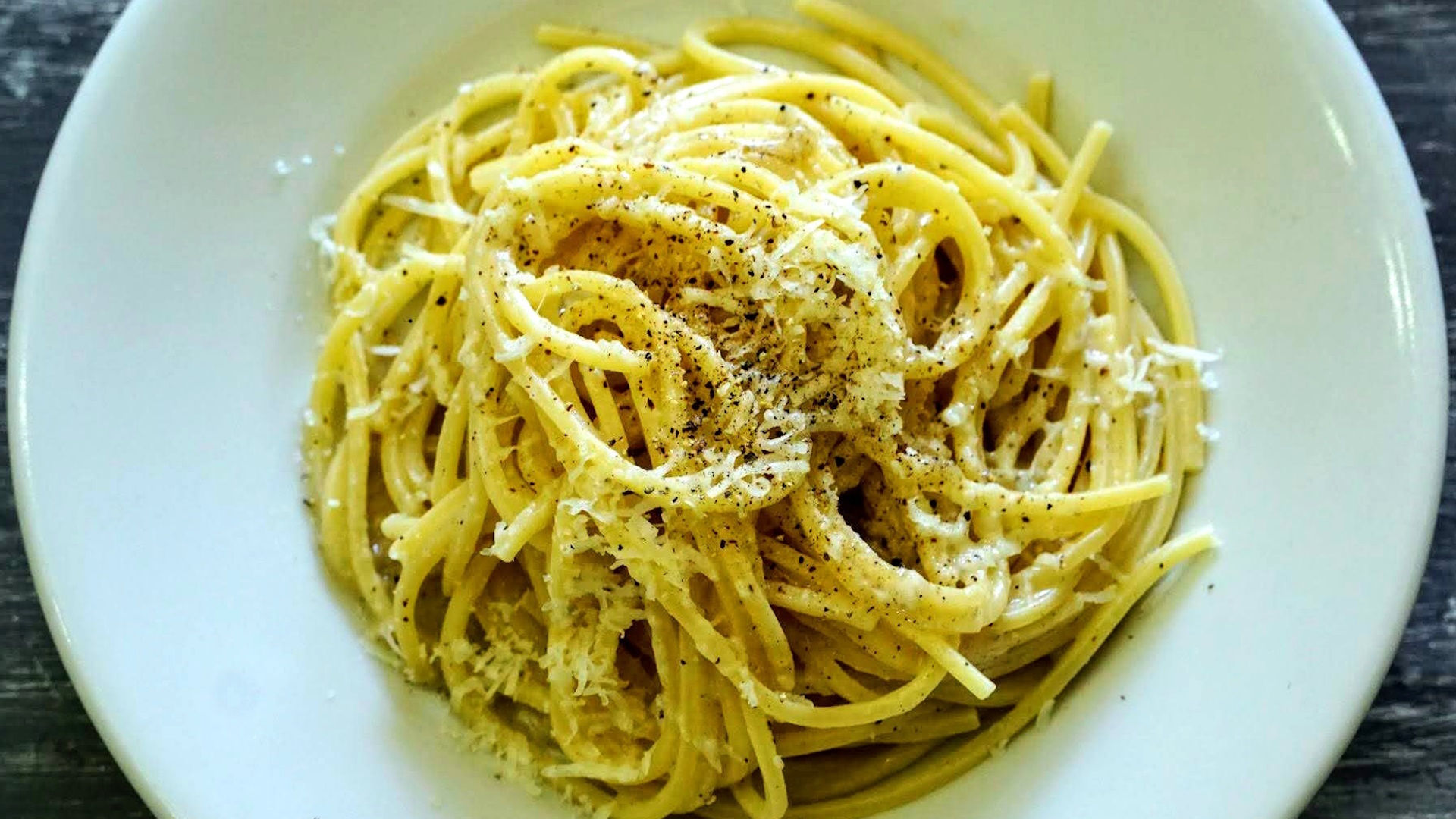
The Monumental Cemetery of Verano
Location
The Basilica of Sant’Agostino in Campo Marzio
Location
The tradition at the table; the Roman-Jewish cuisine
In some traditional Roman dishes, we can find evident signs of the millenary Jewish presence in the Capital. Over the centuries, the two ancient gastronomic realities have merged, giving life to the famous recipes of Jewish-Romanesque cuisine.
This tradition has always paid particular attention to the choice of raw materials; often "poor" and seasonal, the ingredients of this interesting gastronomic contamination are treated according to the strict religious precepts which identify the permitted foods, called "kosher" in Hebrew.
Often zero-mile, the supply chain is fully controlled and subjected to checks that guarantee the authenticity and the necessary certification by the external rabbinical authority. So much attention allows one to know the exact composition of the dishes, making life more comfortable even for those who have food intolerances.
The tasty Hebrew-Roman recipes derive from a predominantly family cuisine, handed down over the centuries, which, over time, has been adapted to the local culture and products with the creation of unique and unmistakable dishes.
The recipes, which we can taste in typical Roman restaurants and taverns, are mostly related to seasonality and religious holidays. Among these are the carciofi alla giudia (artichokes alla giudia), the fiori di zucca fritti (fried squash blossoms), the caponata di melanzane (eggplant caponata), the polpettone di patate e tonno (potato and tuna meatloaf), the coppiette di carne secca (meat cut into strips and dried), the animelle con i ceci (sweetbreads with chickpeas), which derive from the Jewish tradition of the fifth quarter, and the braid-shaped Shabbat bread.
There are many dishes to prepare in the family and moments of conviviality with friends. We suggest two of the most known and appreciated recipes.
An easy and flavorful dish: the Tortino con Aliciotti e indivia
This ancient delicacy combines the delicate flavor of anchovies with the slightly bitter taste of endive. The anchovies and endive pie is an easy-to-make oven-baked flan to be eaten either warm or cold. It alternates fresh anchovies, an inexpensive fish rich in minerals, protein, and Omega-3, and endive, a typical vegetable of the Roman countryside.
Ingredients for four people:
- 800 g fresh anchovies;
- 1 kg of curly Roman endive;
- 2 garlic cloves;
- 3 tablespoons of extra virgin olive oil;
- salt and pepper.
Clean the endive, discarding the core and the outer leaves, then wash it repeatedly under running water, dry it and roughly chop it. Salt it and place it in a colander for a couple of hours so that it loses some of its vegetation water.
Remove the head of the anchovies, open them, leave them attached to the back and remove the bone and the entrails. Wash the anchovies and lay them on a double layer of kitchen paper to dry. Grease a high-sided baking dish with a diameter of 24 cm with some oil and arrange the anchovies in a single layer. Season with salt and pepper and a few garlic slices, and cover the anchovies with some endives. Continue with the layers until all the ingredients finish, pouring the oil on the last layer, which should be vegetables. Place the pan in the oven previously heated to 200° C and bake for about 40 minutes.
Serve the preparation warm. The original recipe calls for using the endive in its natural state, but in this case, the preparation is a bit watery.
A sweet end of a meal; the Crostata di Ricotta e visciole
Among the dishes linked to the strong tradition of a predominantly family character, handed down orally over the centuries, the ricotta and sour cherry tart is a great classic. Have you ever tasted it? If you are in Rome, you should try the original recipe in one of the famous historic bakeries at the Ancient Jewish Ghetto.
To make the shortcrust pastry base:
- 400 g of 00 flour
- 200 g of sugar
- 200 g of butter at room temperature
- 4 egg yolks
- lemon peel
To make the filling:
- 400 g ricotta cheese
- 120 g of sugar
- 1 egg
- 2 spoons of sambuca
- 1 jar of sour cherry jam (or cherries if you can not find the sour cherry jam), approximately 350 gr.
For the shortcrust pastry, make a well with flour and sugar. Cut the butter into small pieces and put it in the center of the well. Add the egg yolks on top of the butter and knead all the ingredients as fast as you can until you form a smooth ball. Wrap it with plastic and let it rest in the refrigerator for at least 30 minutes before using it.
When the shortcrust pastry is cold, grease and flour a 24 cm baking tart pan. Now, press the dough on the bottom of the pan and put some aside for the decorative strips of the cake surface. Spread a layer of jam on the uncooked shortcrust pastry. In a separate bowl, mix the ricotta cheese with sugar, egg, and liqueur; pour the mixture into the pan.
Decorate the cake with the strips of short pastry and bake at 180 Celsius degrees, for about an hour, until completely golden. The baking time also depends on the width of the mold and the thickness of the shortcrust pastry and cream, so check at 45 minutes and then let the cake bake again if it is not well cooked. Finally, cool the cake and store it in the refrigerator until ready to serve.
All Kosher hostarias and restaurants are on the Roma Ebraica website.
Food trail
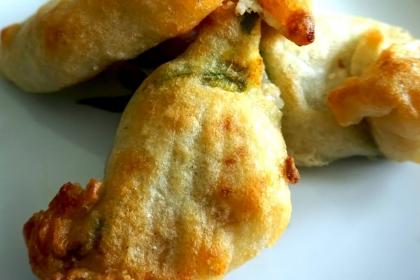
Traditional cuisine
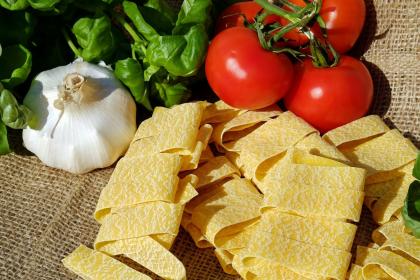
Pomodori con il riso
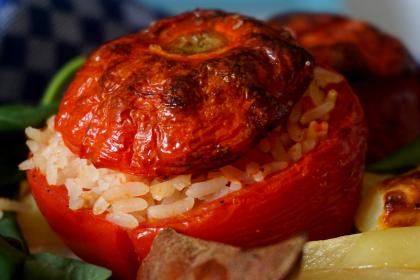
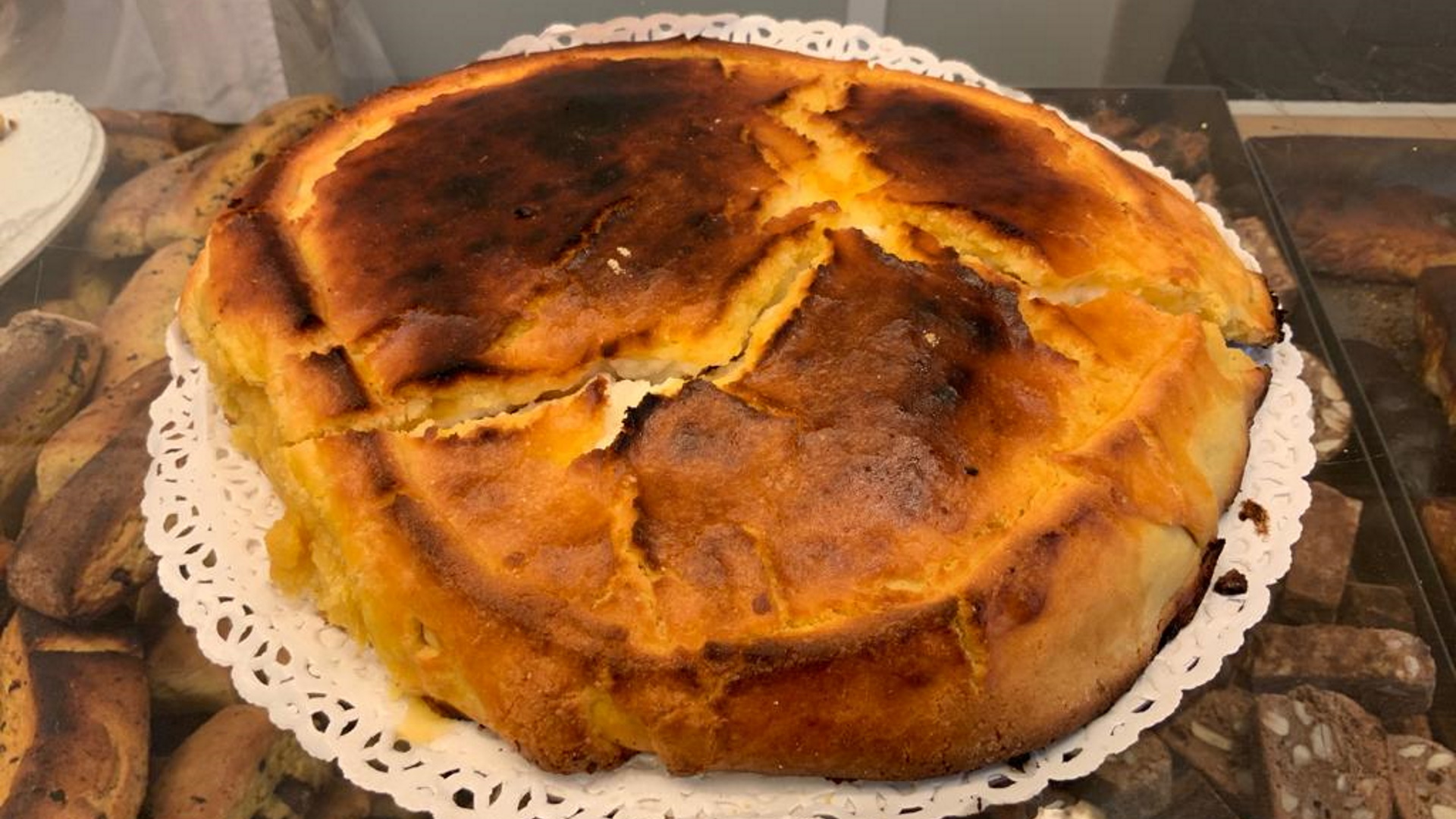
Strawberries
In Ancient Rome, this delicious fruit was traditionally a part of the festivities in honour of Adonis, taking place during the Ides of June. This pagan tradition was to last even into the times of Papal Rome, and took the form of festivities known as the “Triumph of the Strawberries”, held in Campo de’ Fiori on 13 June. During the festivities, the fragolare, or strawberry girls and women, prepared a large basket, in the middle of which a statue of Saint Anthony was placed. Around the basket, other baskets full of strawberries were placed. At the end of the festivity, the strawberries were shared out among people attending.
The countryside of Rome and the Lazio region hosts a number of varieties of very sweet flavoursome strawberries. Among the most well-known are the Carchitti or the “favetta di Terracina” (little Terracina bean) strawberries, with different sizes and flavours.
Romans, however, associate strawberries with Nemi. Because of its size, the small, flavoursome strawberry from Nemi is also known as “fragolina” from the area of the Castelli Romani. Since ancient times, the Nemi strawberry has been sold on the market stalls of Rome between May and September.
Here is the original recipe of Fragolino di Nemi, a traditional liqueur prepared with these small strawberries, which absolutely must be harvested by hand, to give this liqueur a sweet and aromatic flavour.
Recipe: Fragolino di Nemi
Ingredients (for 4):
- 1 kg wild Nemi strawberries
- 1 litre of alcohol (95°)
- 1 litre of water
- 750 grammes of sugar
Instructions
Place the strawberries in the alcohol and leave for a month. After this period of infusion, filter the preparation and add the syrup.The syrup is prepared with 1 litre of water and 750 g sugar.
After another month, the liqueur is ready.
